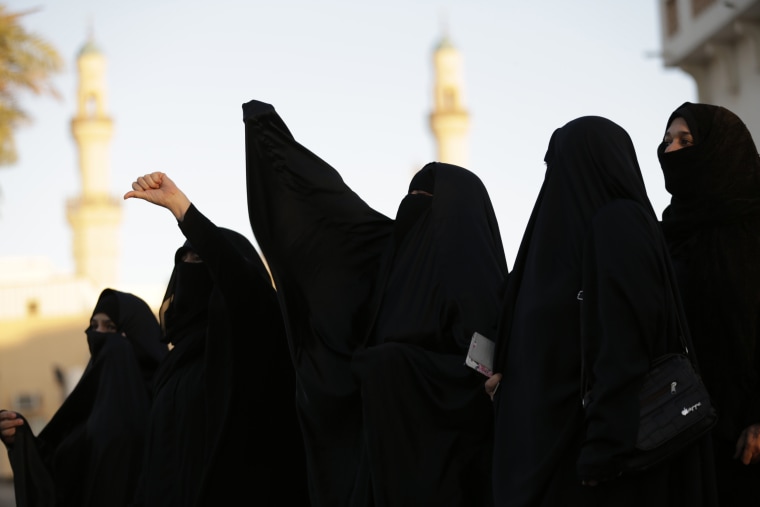Tensions between Saudi Arabia and Iran that date back decades have heated up this week after the Saudis executed a prominent Shiite opposition cleric Sheikh Nimr al-Nimr.
Much of the regional rivalry is about who wields the most political muscle in the Middle East, but it has its roots in a rift between the Sunni and Shia disciplines of Islam that opened 1,400 years ago.
Saudi Arabia is the most powerful purveyor of Sunni Islam, far and away the larger sect. Iran is the heart of Shia Islam.
Here's a short primer on the schism between the sects:
What was the origin of the Sunni-Shiite split?
The divide is traced to 632 A.D., when the Islamic Prophet Muhammad died and a debate emerged about who should be his successor.
Both sides agreed that Allah is the one true God and that Muhammad was his messenger, but one group (which eventually became the Shiites) felt Muhammad's successor should be someone in his bloodline, while the other (which became the Sunnis) felt a pious individual who would follow the Prophet's customs was acceptable.
"The original schism between Islam's two largest sects was not over religious doctrine. It was over political leadership," Robin Wright, a joint fellow at the non-partisan U.S. Institute of Peace and the Woodrow Wilson Center, said.

What do Sunnis and Shiites have in common?
Both Sunnis and Shiites read the Quran, the sayings of the Prophet. Both believe Prophet Muhammad was the messenger of Allah. And both follow the five tenets of Islam: They fast during Ramadan, pledge to make a pilgrimage to Mecca, practice ritual prayer (which includes five prayers each day), give charity to the poor, and pledge themselves to their faith.
Their prayer rituals are nearly identical, with slight variations: For example, Shiites will stand with their hands at their sides, Sunnis will put their hands on their stomachs.
They also both believe in Islamic law but have different applications for it.
What are the differences between Sunnis and Shiites?
Their beliefs over who should have succeeded the Prophet Muhammad is the key theological difference between the two.
Sunnis also have a less elaborate religious hierarchy than Shiites have, and the two sects' interpretation of Islam's schools of law is different. Shiites give human beings the exalted status that is given only to prophets in the Quran, often venerating clerics as saints, whereas Sunnis do not.
How many of each sect are there?
The great majority -- upwards of 85 to 90 percent -- of the world's more than 1.6 billion Muslims are Sunnis. Shia constitute about 10 to 15 percent of all Muslims, and globally their population is estimated at less than 200 million.
Whereas Sunnis dominate the Muslim world, from West Africa to Indonesia, the Shiites are centrally located, with a vast majority in Iran, predominance in Iraq and sizable populations in Syria, Lebanon and Yemen.
